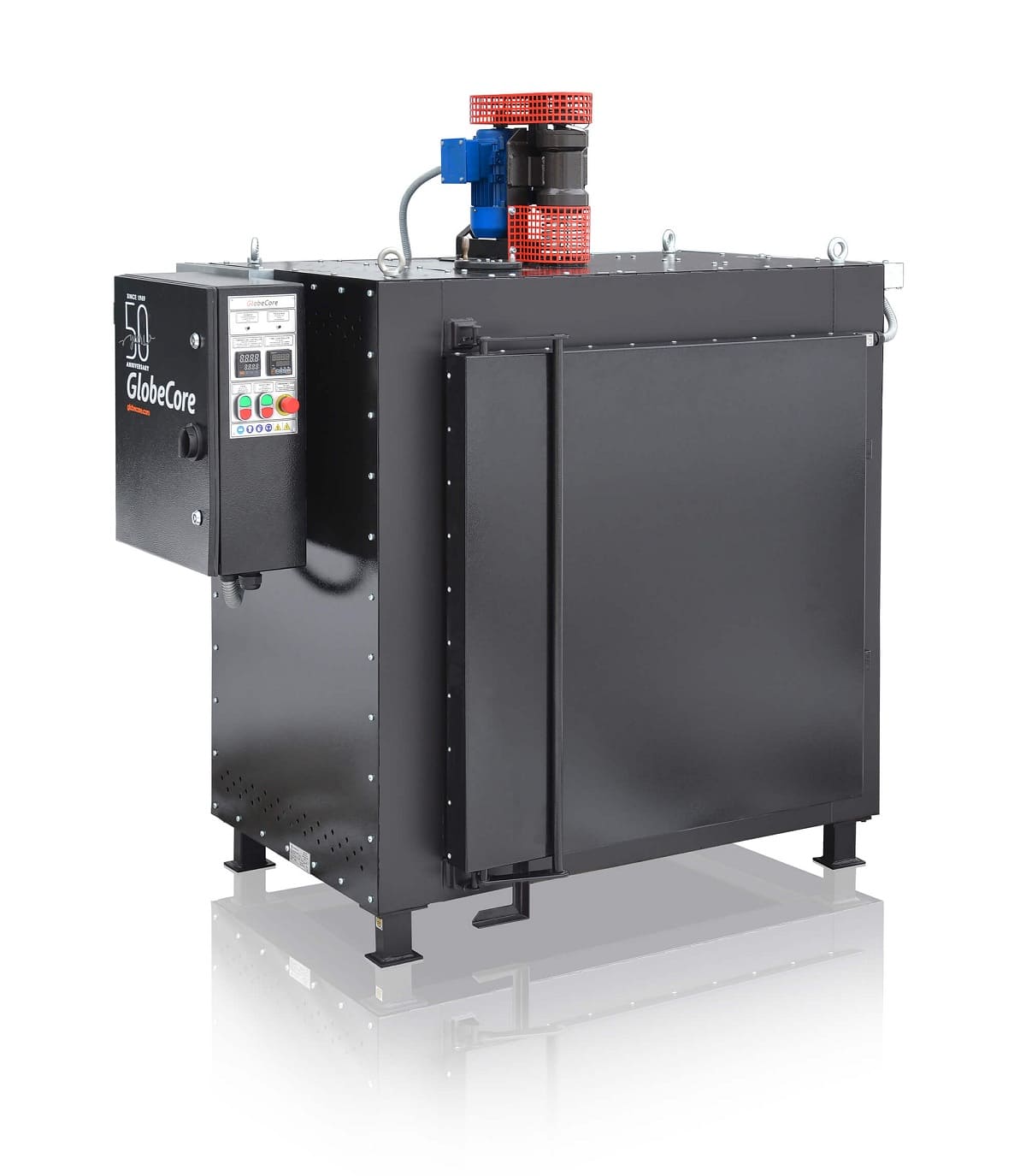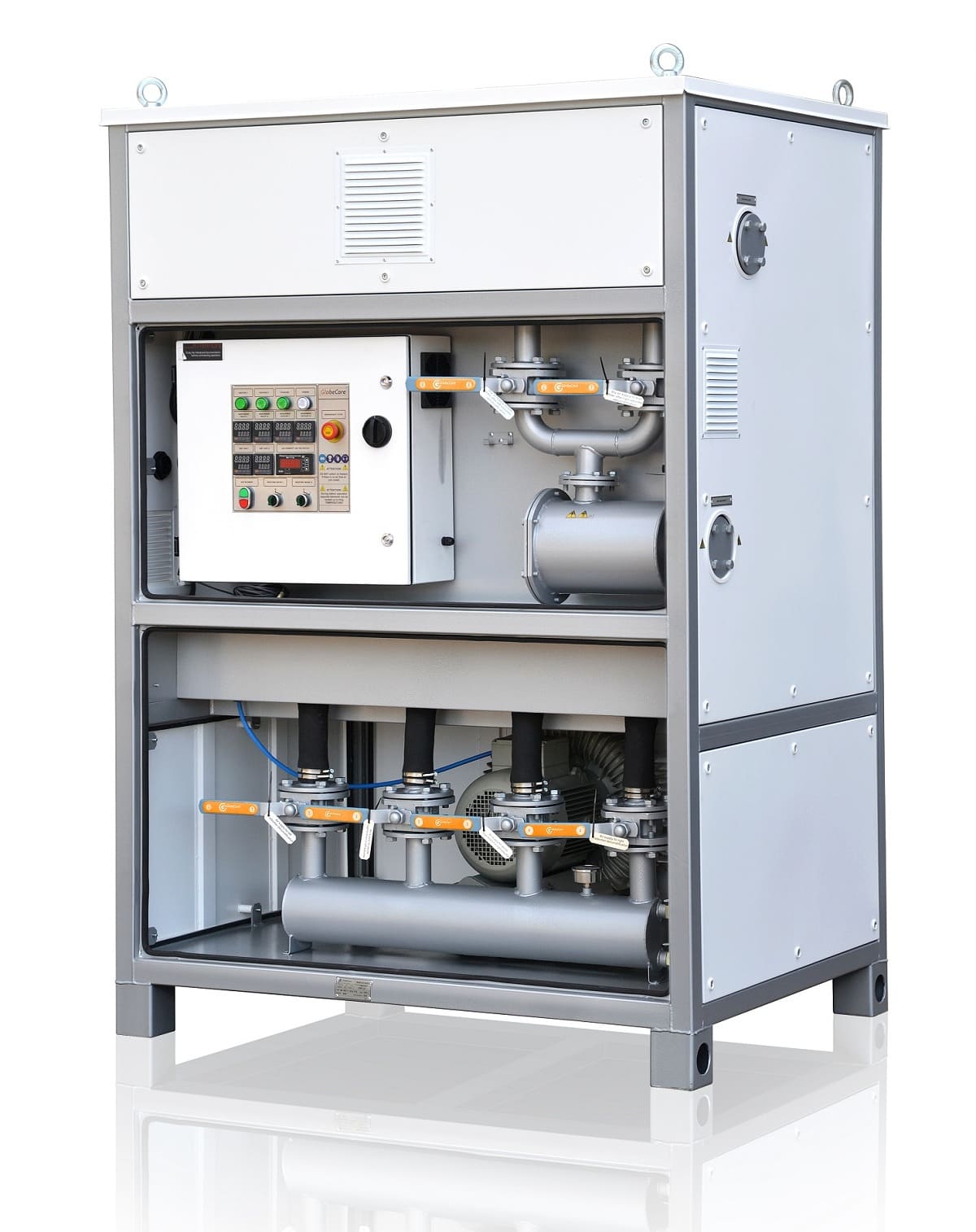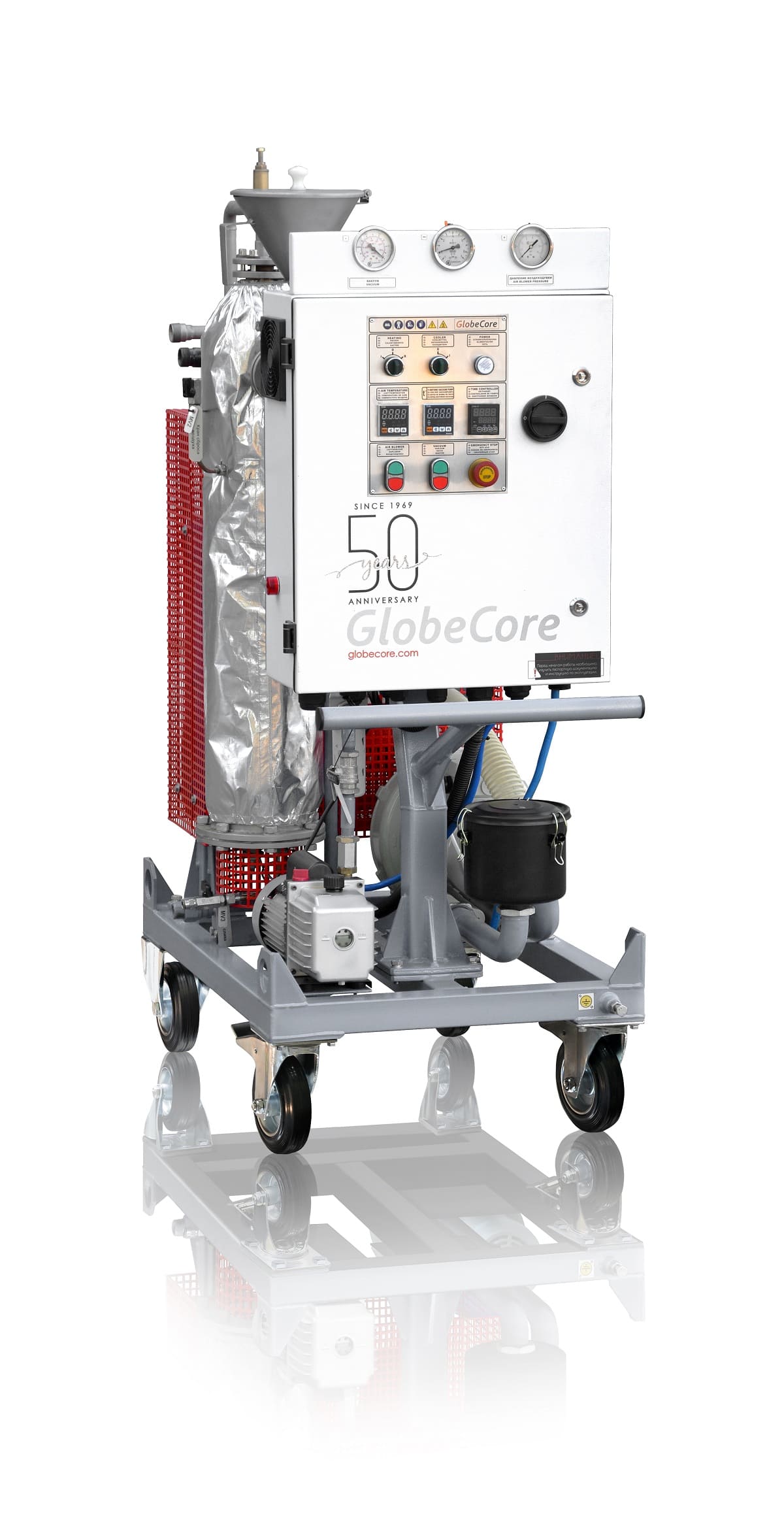How does Transformer Storage Drying differ from active drying methods, and why is it important?
- This topic has 1 reply, 2 voices, and was last updated 9 months, 2 weeks ago by .
Answers
-
October 7, 2024 at 7:15 am by Gabriel Silva
Transformer Storage Drying differs from active drying methods primarily in its approach and operational requirements. While active drying methods, such as using an Air Drying System or Vacuum Drying, involve the continuous circulation of dry air or the application of reduced pressure to actively remove moisture from the transformer oil, Transformer Storage Drying relies on passive processes to eliminate moisture over an extended period. During storage drying, transformers are kept in a controlled environment where natural evaporation can gradually reduce the moisture content in the oil. This method is less intensive and does not require specialized equipment, making it suitable for situations where active drying is not feasible or necessary. However, Transformer Storage Drying is generally slower and less effective at removing high levels of moisture compared to active methods. Despite these differences, Transformer Storage Drying is important because it ensures that stored transformers remain in a dry state, preventing moisture-induced degradation of the oil and insulating materials. Proper storage drying helps maintain the integrity of the transformer’s internal components, ensuring they are ready for efficient and reliable operation when brought back into service.



